Scientists Detect Volcanic Activity on Venus, Changing Our Understanding of the Planet
By looking at Magellan data from decades ago, scientists have discovered that volcanoes on Venus were once active during the 1990s. As a result, they now believe that the planet may be as geologically active as our own Earth is.
In fact, Venus could have volcanoes that are erupting right now. This discovery has completely changed researchers’ understanding of Venus — and excited scientists to study the planet more in the future.
NASA’s Magellan Spacecraft
This latest discovery was only made possible because planetary scientists decided to take an extra close look at old data from NASA’s Magellan spacecraft.
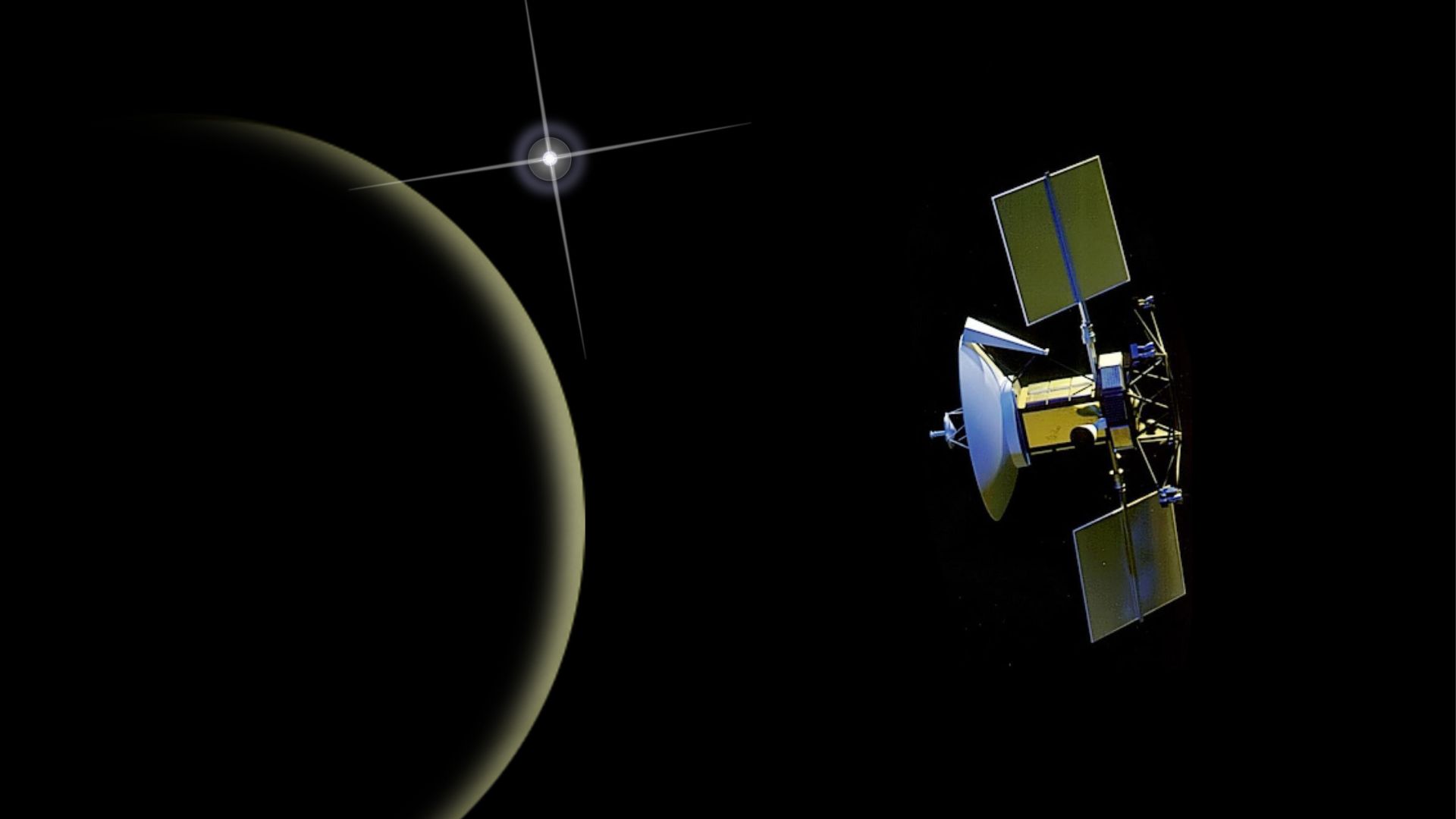
Source: NASA/Wikimedia Commons
Magellan orbited Venus in the early 1990s. Scientists analyzed data Magellan had gathered between 1990 and 1992. During this analysis, they made a groundbreaking discovery.
Discovering Lava Flows
According to this decades-old data, lava was once flowing from two volcanoes on Venus that erupted during the 1990s.

Source: NASA/Wikimedia Commons
These newly discovered lava flows appear to be coming from Sif Mons and Niobe Planitia. Sif Mons is a massive shield volcano. Niobe Planitia, meanwhile, is a mainly flat area that has many different volcanoes.
The Measurement of Eruptions
NASA planetary scientists were able to measure the size of these eruptions, thanks to this Magellan data. According to scientists, Sif Mons’ eruption may have resulted in lava flowing for about 12 square miles of rock.
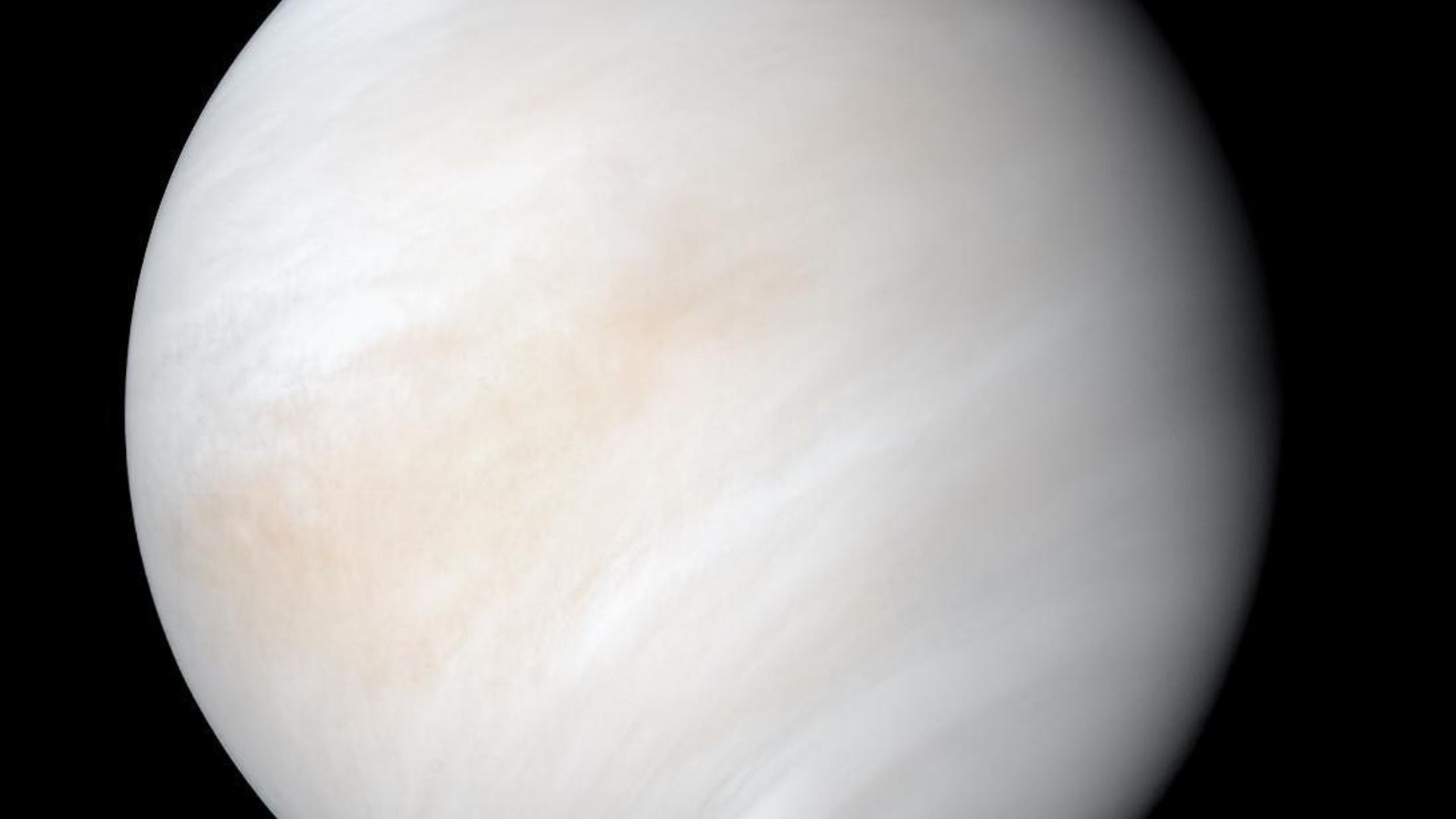
Source: NASA/Wikimedia Commons
This is the equivalent of filling 36,000 Olympic swimming pools. By comparison, Niobe Planitia’s eruption may have led to lava flowing to fill about 54,000 Olympic pools.
How This Discovery Was Made
This remarkable discovery was made possible because of radio waves. Magellan’s radar was able to beam radio waves at Venus. These waves went through the planet’s atmosphere, hitting its surface, before bouncing back to return to Magellan.

Source: NASA/Wikimedia Commons
These bounced-back reflections are commonly called backscatter. By using this backscatter, scientists can learn more about Venus’ surface.
A Signal Increase
As scientists were looking at Magellan’s data, they realized that the spacecraft’s later orbits had much stronger signal strength than previous orbits.

Source: NASA/Unsplash
This led them to analyze that freshly formed rocks had appeared on Venus’ surface. They then made the discovery that these new rocks were probably solidified lava.
Another Venus Volcano Discovery
These latest findings only further point to the possibility that Venus is incredibly geologically active, just as Earth is.

Source: NASA/Wikimedia Commons
Only last year, researchers discovered that an altered vent on Venus’ volcano Maat Mons, which is located near the planet’s equator, had seemingly changed in size and shape.
Another Active Volcano
This volcano appeared to have grown much larger in just eight months, while also changing its shape. This led many scientists to theorize that this was caused by an eruption-triggered collapse.
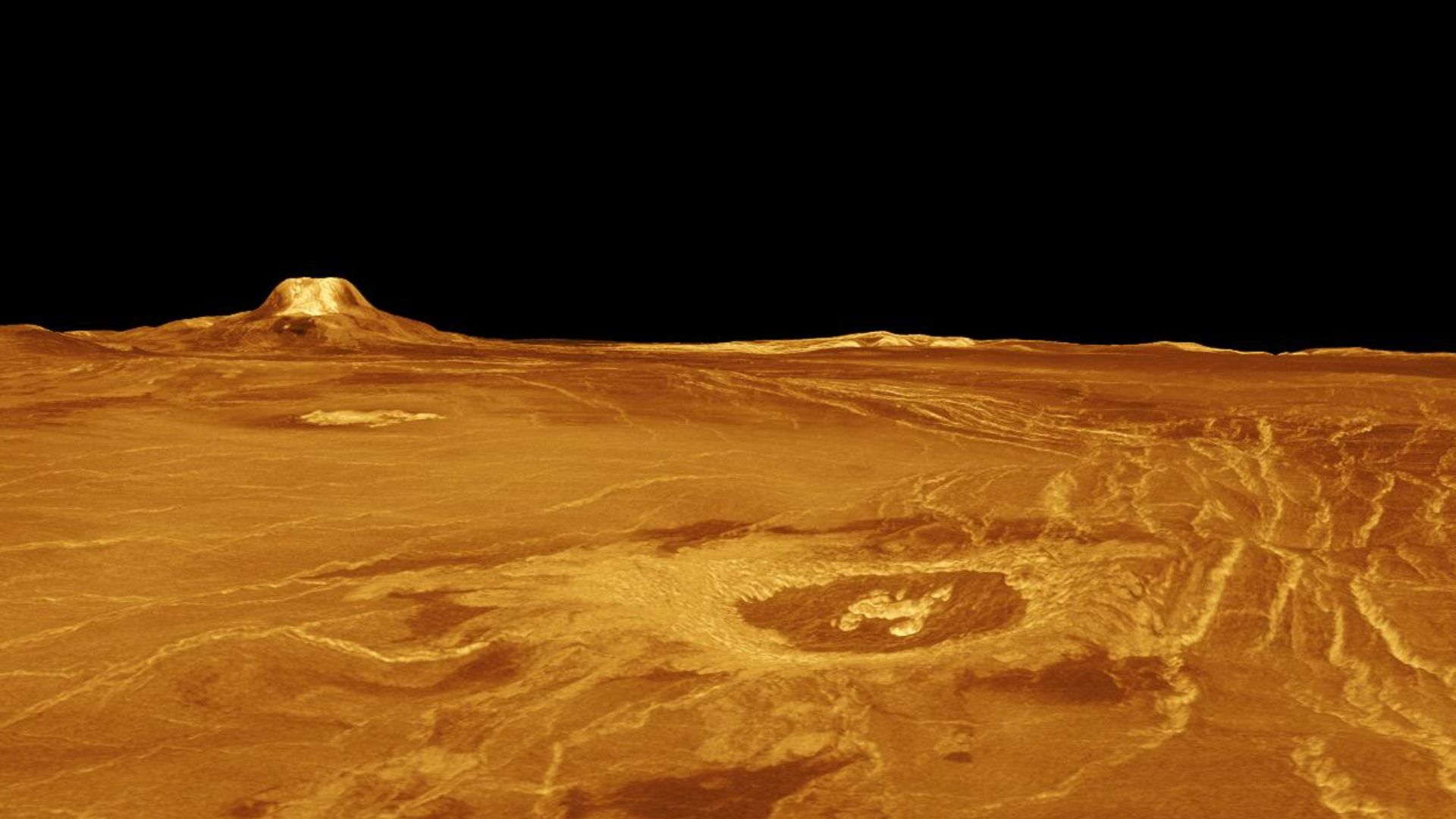
Source: NASA/Wikimedia Commons
Therefore, they discovered that a volcano on Venus was active. These further findings from Magellan’s 1990s data suggest that Venus has been active for a while.
An Active Venus
For years, scientists debated whether Venus’ many volcanoes were active or not. Many had claimed that Venus’ volcanoes were once active — but a few million years ago. Not now.
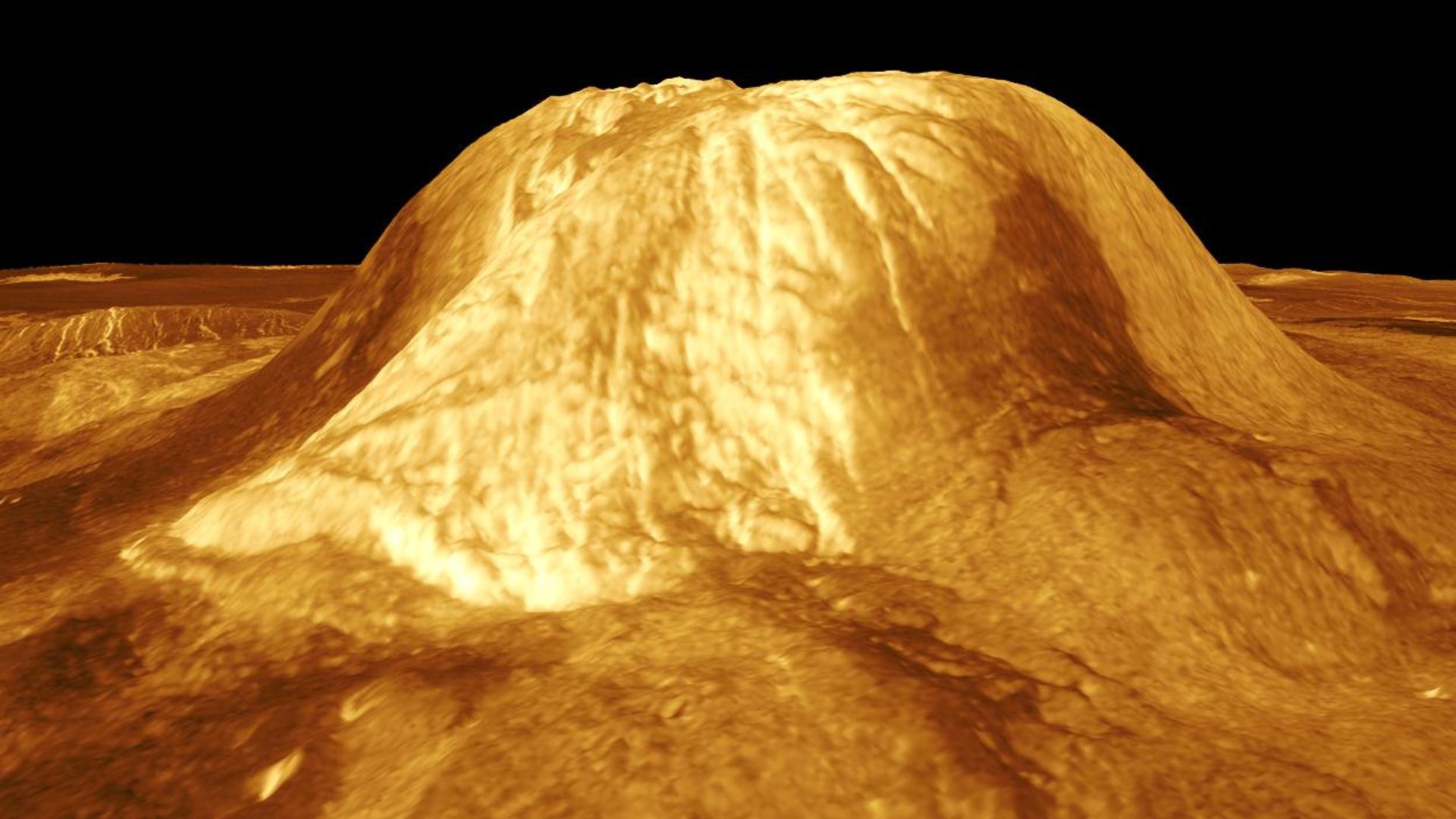
Source: NASA/Wikimedia Commons
These two latest findings have, therefore, completely changed how researchers view the planet. For the first time, real data has confirmed that volcanoes are still active on Venus.
The Similarities Between Venus and Earth
Planetary scientists have always found Venus interesting, particularly because the planet and Earth are both about the same size. Billions of years ago, both planets also received the same amount of water.

Source: NASA/Unsplash
However, while Earth allowed life to grow, Venus became what most researchers consider to be a hellscape, with toxic clouds and a volcanic surface.
Discovering Venus’ Mysteries
Now, scientists may be able to learn why Earth and Venus took completely different turns billions of years ago, even though they could have been very similar.
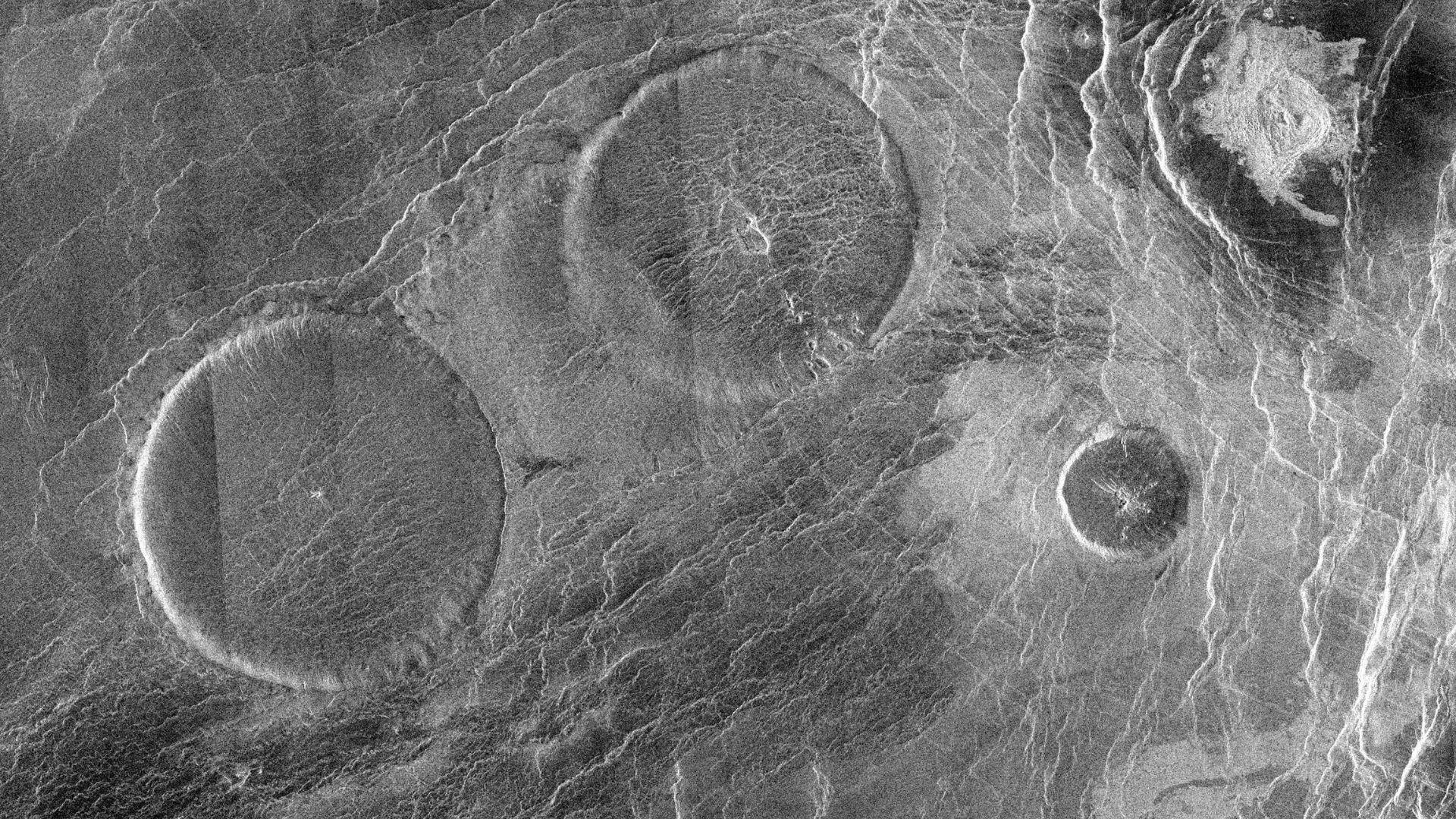
Source: NASA/Wikimedia Commons
By studying these active volcanoes, which may be driven by the internal heat of the planet, researchers are hoping to learn more about Venus’ overall evolution.
Excitement For Future Studies
This latest discovery has, at the very least, led to more excitement brewing over other mysteries that researchers may be able to uncover on Venus. This study’s co-author Scott Hensley, a senior research scientist at the Jet Propulsion Laboratory, explained this enthusiasm.
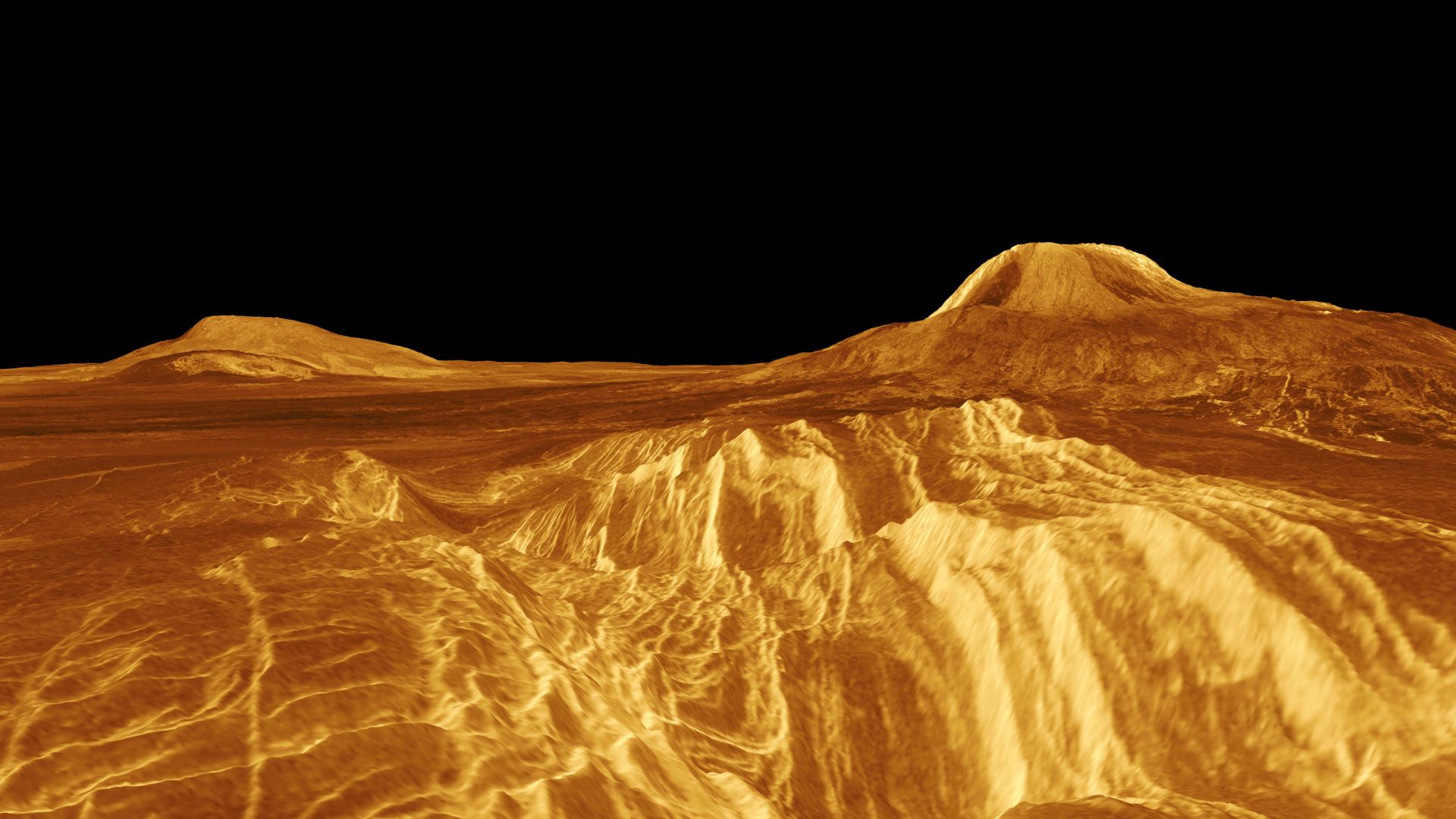
Source: NASA/Wikimedia Commons
“This exciting work provides another example of volcanic change on Venus from new lava flows that augments the vent change Dr. Robert Herrick and I reported last year,” Hensley stated. “This result, in tandem with the earlier discovery of present-day geologic activity, increases the excitement in the planetary science community for future missions to Venus.”
